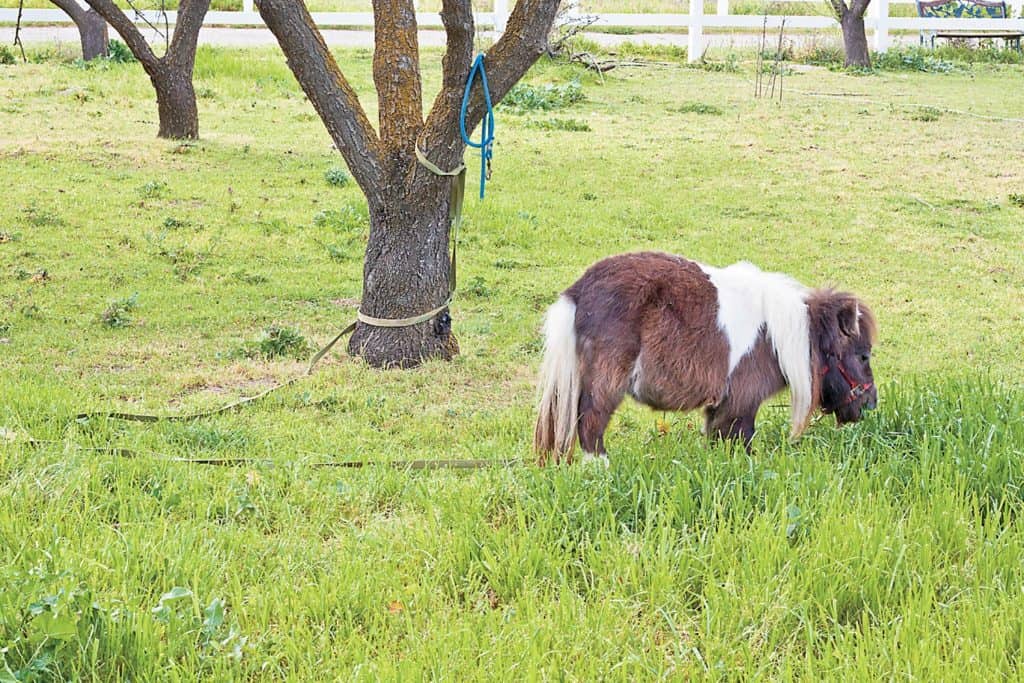
Animal Genetic Testing and Research Lab Gets New Name
The University of Kentucky Animal Genetic Testing and Research Laboratory has been renamed Genetic Testing at Gluck.

The University of Kentucky Animal Genetic Testing and Research Laboratory has been renamed Genetic Testing at Gluck.

Many foals born with beating heart and pulse, but who fail to breathe, can be revived via CPR. Here’s what to remember.

While environmental factors, such as nutrition and training, shape sustainability, genetics influence it, as well.

Many breeders opt for a combination of the available options to give themselves the best chance to accurately predict when a mare will foal.

This marks the first time such a connection has been made in any mammalian species.

Recent study results reveal why the dun pattern does not appear in many domestic horses.
Researchers recently diagnosed the first homozygous case of Warmblood fragile foal syndrome (WFFS), a genetic disorder.
Lecture topics will include dystocia, care of a sick foal, and postpartum mare management.

This finding is the first molecular characterization of resistance to three classes of antibiotics in R. equi.

Researchers observed a negative bias of block-colored and spotted horses, which could impact subjective evaluations.
Lecture topics will include mare, stallion, and foal care; navicular syndrome; the digestive tract; and more.

Researchers noted differences in the probability of producing a filly or colt based on the mares’ and stallions’ ages.

Scientists say the equine reproductive tract has undergone surprisingly little evolution over the past 48 million years.

Lord Nelson, or “PICSI,” was the first foal produced via intracytoplasmic sperm injection to be born at UC Davis.
Rutgers and University of Minnesota researchers are studying genetic factors underlying musculoskeletal diseases.

Researchers say the ‘Gait Keeper’ gene appears to be responsible for trotters’ success in harness racing.
Stay on top of the most recent Horse Health news with
"*" indicates required fields